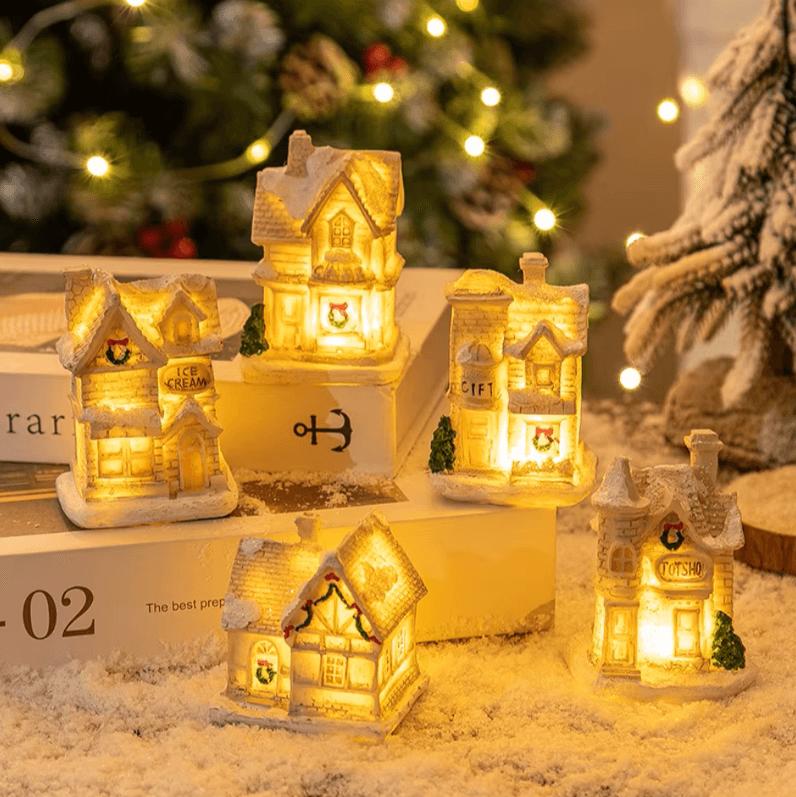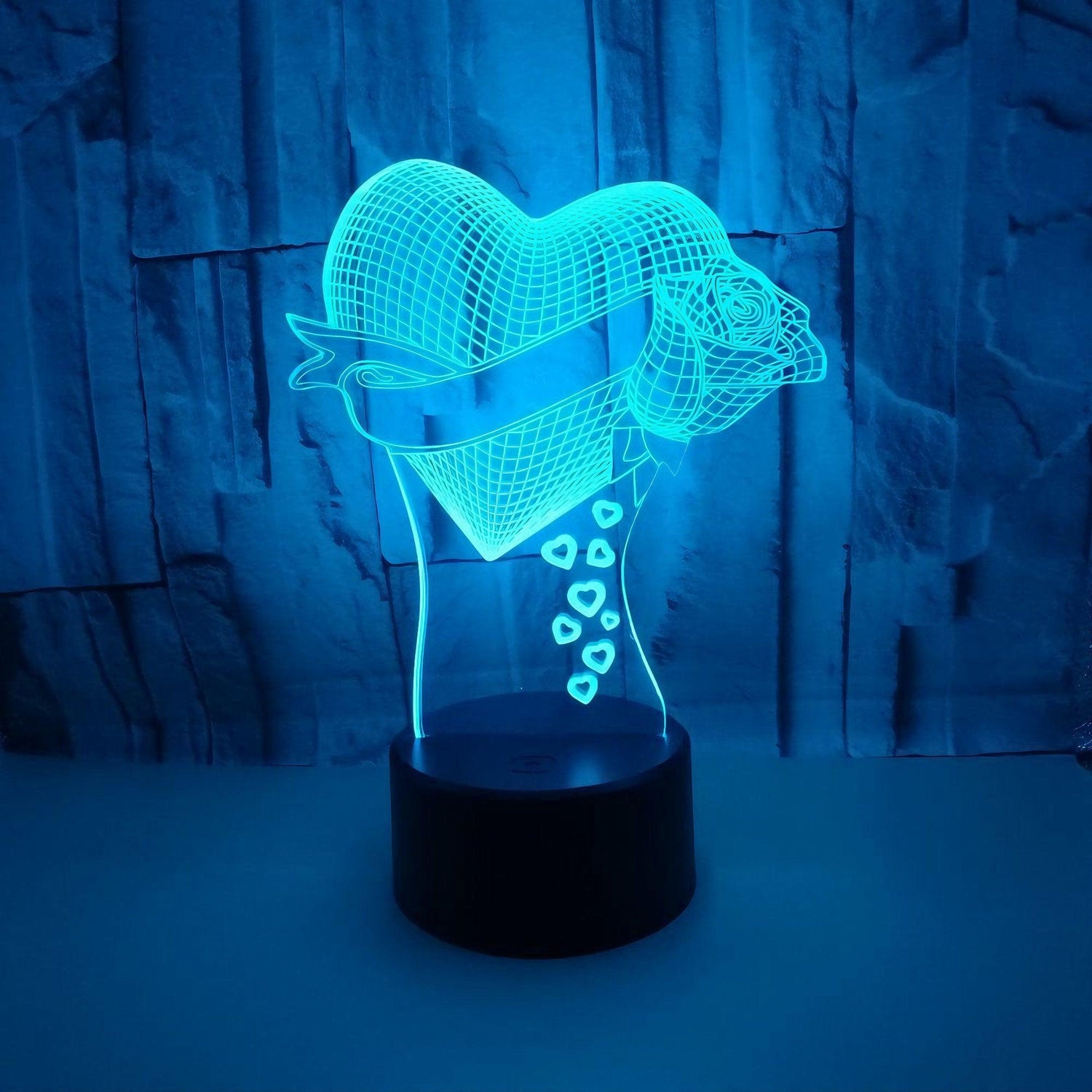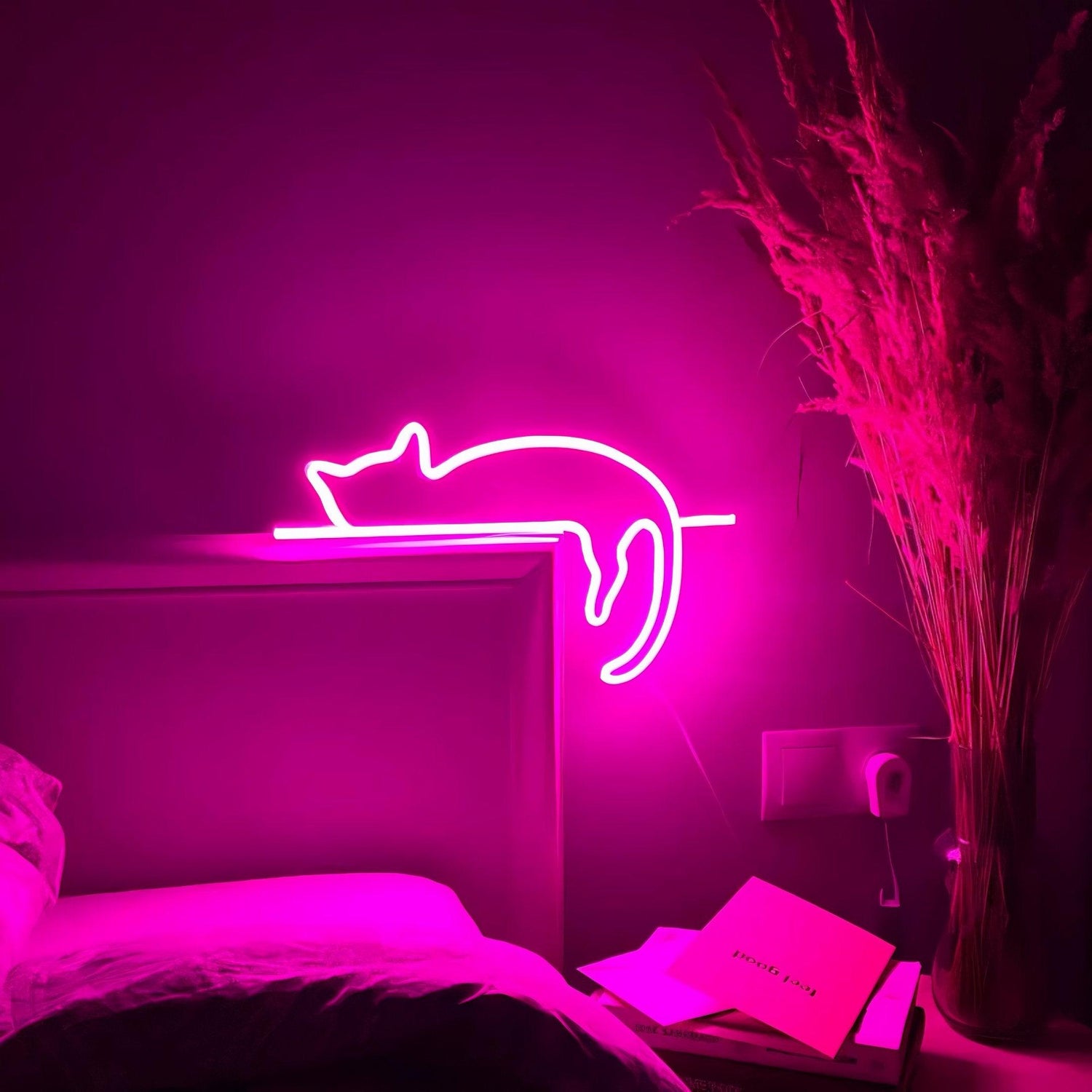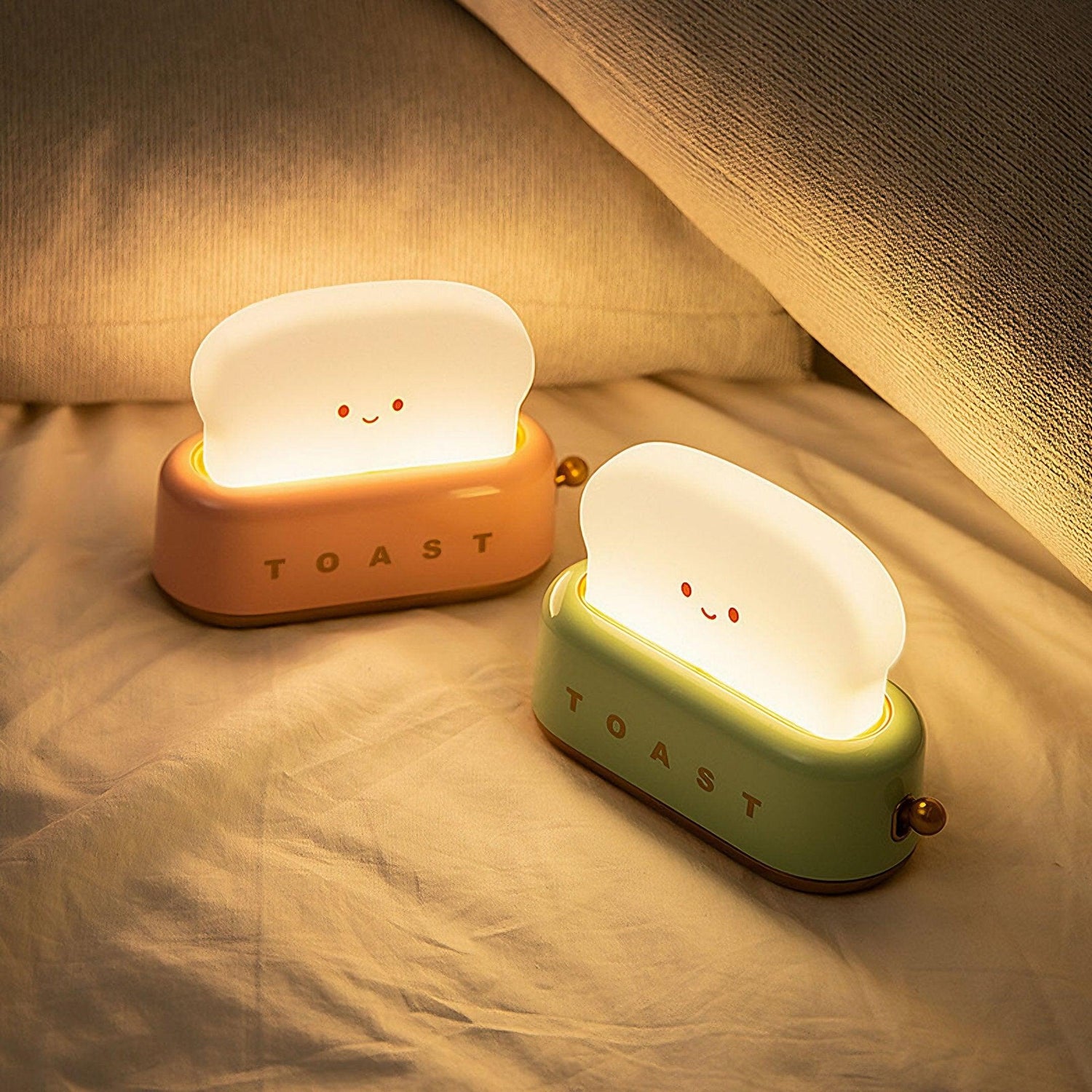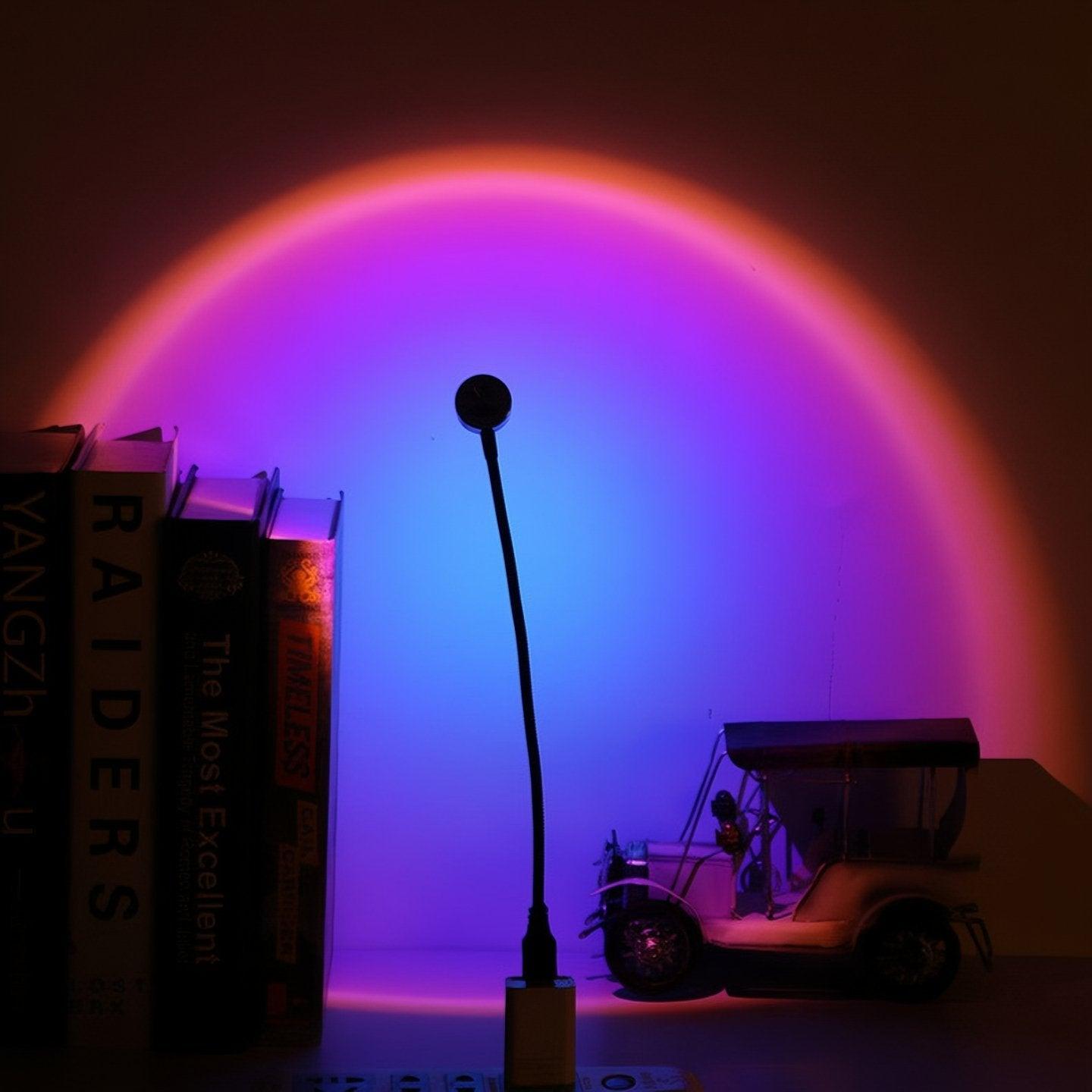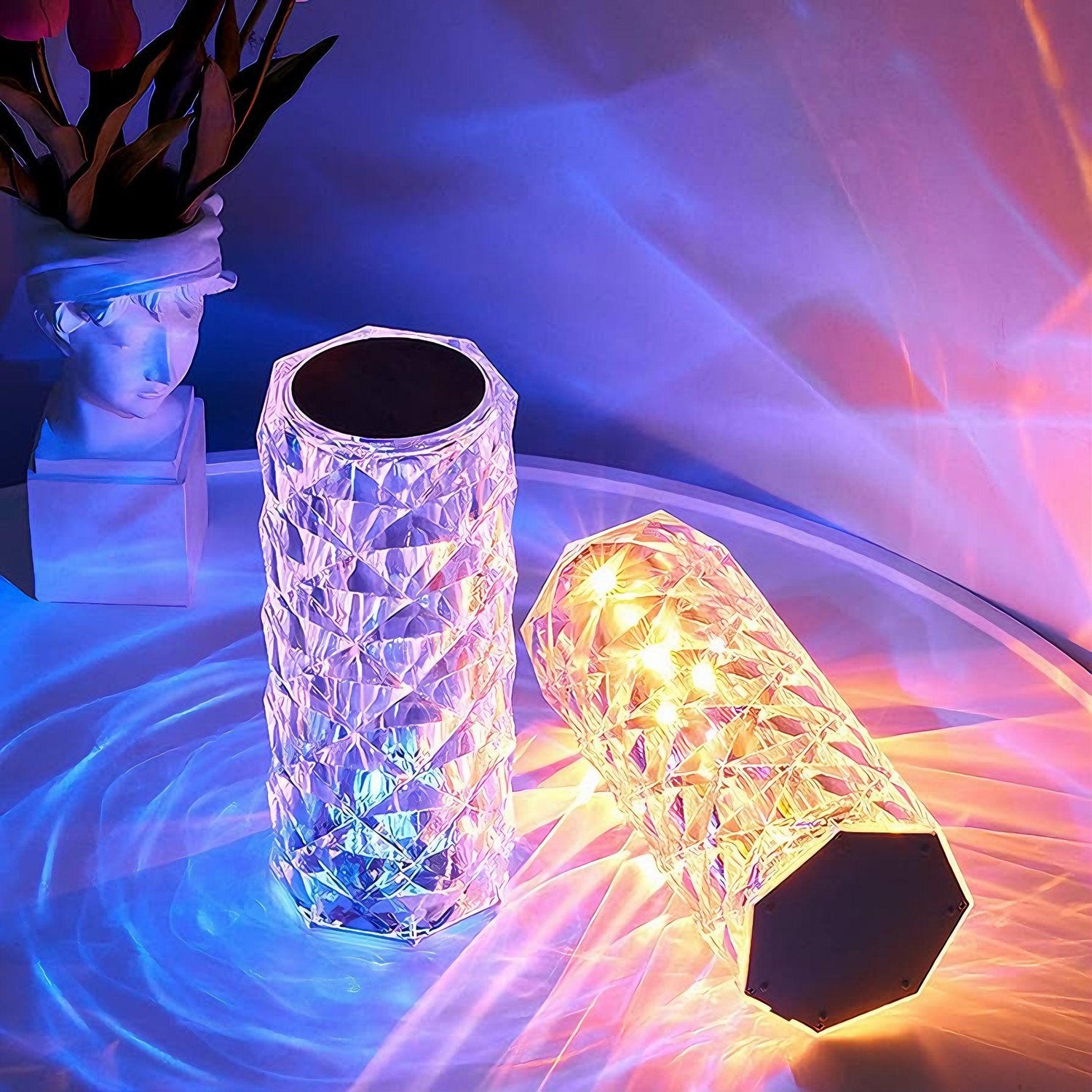How Lighting Changes Aesthetic Completely
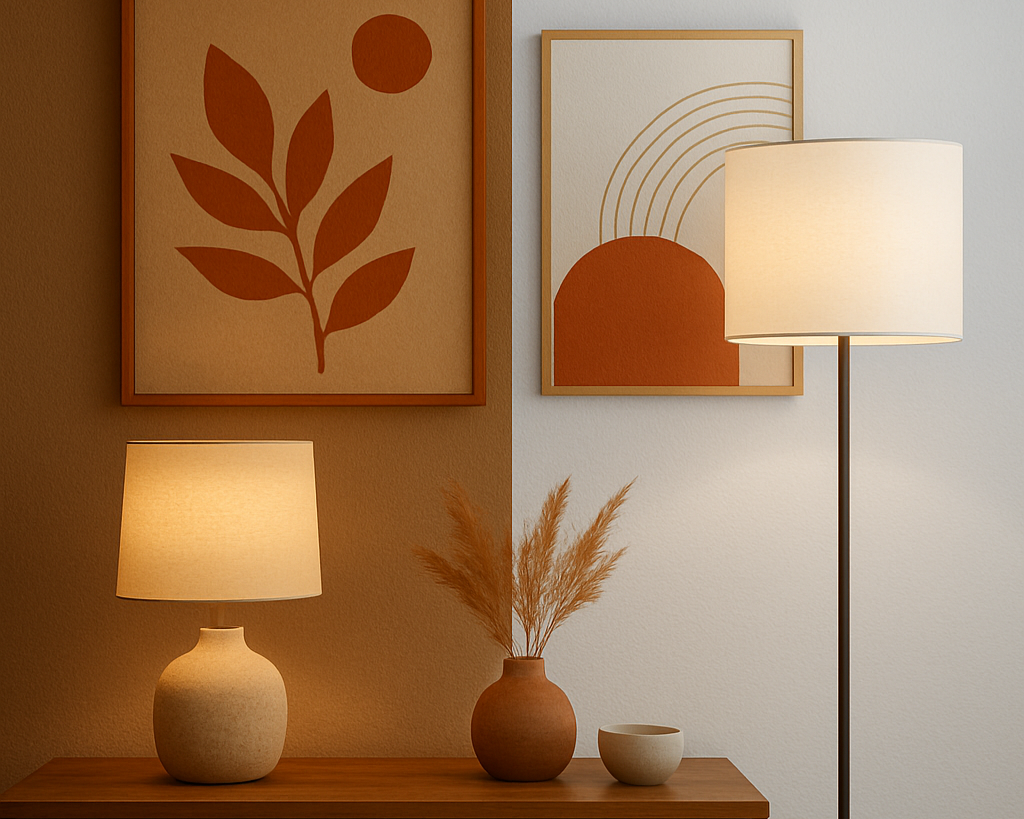
Lighting is not decoration. It’s definition.
You can fill a room with luxurious furniture, textured fabrics, and elegant wall art — yet, without the right light, it all falls flat. Light is the invisible design layer that activates mood, amplifies aesthetic, and sculpts perception.
It is the silent narrator that turns four walls into an experience. It’s what makes a minimalist home look serene instead of sterile, or a cozy corner feel intentional instead of cramped.
This isn’t just a guide — it’s your full aesthetic lighting blueprint: the psychology, art, and practical mastery behind how light can completely transform your space and your emotional connection to it.
🌤️ The Emotional Science of Light: Why It Changes Everything
Every aesthetic is born from emotion. And light is the most powerful emotional tool in design.
A room illuminated by cold fluorescent light feels harsh, uninviting — even anxious.
But dim that same room with a warm, amber hue, and it becomes soft, intimate, and personal.
That’s because light temperature directly affects dopamine, melatonin, and serotonin levels — literally altering how you feel.
Warm light (2200–3000K): Cozy, safe, nostalgic. Perfect for bedrooms, dining areas, and reading corners.
Neutral light (3500–4100K): Balanced, natural, energizing. Ideal for kitchens, offices, and modern interiors.
Cool light (5000K+): Crisp, futuristic, and focused. Common in creative studios and contemporary homes.
Aesthetic isn’t just about color palettes — it’s about the emotional rhythm light creates when it touches those colors.
🪩 Light as a Visual Language
Every glow, shadow, and reflection tells a story. Interior designers use light the same way photographers use exposure — to shape atmosphere, emphasize beauty, and create visual rhythm.
Here’s how it rewrites the room’s language:
Highlighting: Spotlights and focused lamps draw attention to art, architecture, or texture.
Framing: LED strips or wall lights outline edges, making layouts feel structured and deliberate.
Diffusing: Soft lamps blur shadows, creating cinematic harmony.
Layering: Different brightness levels build emotional texture — depth, comfort, sophistication.
Aesthetic mastery isn’t about how many lights you own, but how consciously you place and layer them.
✨ The Transformation Process: When Light Becomes Aesthetic
Let’s visualize it:
1️⃣ The Dull Beginning
A typical room — overhead lighting, flat walls, harsh shadows. Functionally lit, emotionally dead.
2️⃣ The Warm Conversion
Replace the overhead with a soft ambient glow — like a Feather Dream Light or a Decorative Cloud Night Lamp. The space feels human again. It invites you in.
3️⃣ The Layering Phase
Add a Levitating Bulb Lamp beside a mirror. Introduce a Tulips Cube Mirror Lamp for accent reflection. The room suddenly has depth — a visual heartbeat.
4️⃣ The Story Emerges
Now the room looks intentional. Every glow adds narrative: soft, modern, maybe even romantic. You’ve transitioned from “room with light” to room with soul.
That’s the power of lighting: transformation without renovation.
🎨 Color and Light: The DNA of Aesthetic
Colors behave differently depending on light quality. A pastel pink wall under daylight feels fresh; under warm light, it becomes rosy and intimate.
The same is true for wood, metal, fabric — even air feels thicker or clearer depending on the light tone.
Warm Light (Golden Hour Energy)
Emphasizes emotion. Best for cozy aesthetics — boho, cottagecore, warm minimalism.
Cool Light (Urban Clarity)
Amplifies edges. Best for sleek interiors — modern, Scandinavian, or tech-inspired rooms.
Colored Light (Aesthetic Expression)
RGB and tinted lamps create identity. Purple tones evoke creativity; blue feels tranquil; red feels passionate.
The Ocean Waves Projector or Fire Flame Humidifier are perfect examples of ambient color that doesn’t overwhelm — they whisper personality into the space.
🪞 Reflection, Shadow, and the Art of Balance
Light interacts with texture — that’s what gives dimension to design.
A Moon Cat 3D Lamp beside textured fabric curtains gives the illusion of depth, while a reflective surface doubles the visual presence of soft light. Mirrors and metallics extend your glow, making even small spaces feel expansive.
The secret lies in balance:
Too many bright sources = overexposure, visual fatigue.
Too few = dimness, mood loss.
The aesthetic sweet spot sits in layered mid-tones — areas that glow and fade naturally, like candlelight on marble.
🏡 Lighting by Room Type: How to Reframe Aesthetic Through Glow
Bedroom — The Personal Sanctuary
Your lighting should whisper, not shout.
Use dimmable, low-temperature lamps like the Decorative Cloud Night Lamp or the Feather Dream Light. Add a secondary accent — maybe a Tulips Cube Mirror Lamp — for reflective beauty.
Tip: keep the brightest source behind you, not in front, for softer visual comfort.
Living Room — The Statement Zone
This is where your aesthetic personality shines. Combine ambient ceiling lights with accent layers.
Try a Levitating Bulb Lamp to introduce sculptural form, paired with soft corner lighting like a Rose Eternal Kiss Lamp.
If you have artwork, backlight it with Flexible LED Rotating Lamps — a subtle trick used in galleries to make colors pop.
Workspace — The Focus Capsule
The goal here is clarity without harshness.
Neutral white light (~4000K) is ideal, but balance it with warm accents to avoid sterility.
Consider a Wood Wireless Wall Lamp for directional light and a small Tulips Mirror Lamp to soften edges.
This contrast keeps you productive but emotionally balanced.
Entryway — The First Impression
The lighting here should feel warm but elegant. It’s your home’s handshake.
Sculptural pieces like the Diamond Table Lamp or Rose Eternal Kiss Lamp create instant visual presence, especially when placed near reflective decor.
🌈 Beyond Utility: Lighting as Personality
Lighting defines aesthetic — but more importantly, it defines you.
A person who gravitates toward warm diffused light usually values calmness and introspection. Someone who loves neon edges and RGB gradients seeks stimulation and expression.
That’s why your lighting should never be generic — it should mirror the atmosphere you want to feel daily.
🧠 Why Lighting Feels Expensive (Even When It Isn’t)
High-end interiors always appear more luxurious not because of materials — but because of lighting.
Soft indirect lighting gives the illusion of spaciousness. Highlighted details make textures feel expensive.
Even a minimalist room feels intentional when the light sources are strategically placed.
A $40 lamp, thoughtfully chosen and layered, can elevate a $4000 sofa. That’s design leverage — aesthetic ROI through light.
🪄 How to Build Your Own Lighting Aesthetic System
Step 1 — Define Your Emotional Tone
Decide: do you want your space to feel calm, romantic, playful, or futuristic?
Step 2 — Choose a Base Temperature
Warm = cozy, cool = clarity. Start with your foundational hue.
Step 3 — Layer Strategically
Add ambient, task, and accent lights. Mix intensity and placement.
Step 4 — Anchor with One Hero Piece
A signature lamp like the Levitating Bulb Lamp or Tulips Cube Mirror Lamp becomes your aesthetic focal point.
Step 5 — Reflect and Dim
Introduce mirrors, textures, and dimmers to refine light flow.
Step 6 — Evaluate Emotionally
Sit, observe, breathe. If your room makes you feel aligned — that’s when your aesthetic is complete.
🌟 Lighting Trends Shaping Modern Aesthetic Homes
Layered Warmth: Blending candle-like lamps with cool edges for balanced coziness.
Ambient Projectors: Simulated sky or waves to add surreal depth — like the Ocean Waves Projector.
Mirror Reflection Lighting: Glowing around mirrors adds futuristic luxury.
Functional Sculptures: Artistic lamps that double as decor — Levitating Bulb Lamp, Rose Eternal Kiss Lamp.
Natural Textures: Wood, linen, and stone interacting with soft glow to mimic organic sunlight.
These trends define modern design ethos — human warmth meeting tech sophistication.
🕯️ The Soul Connection: How Light Shapes Memory
Light doesn’t just change rooms — it changes moments.
We remember dinners lit by candles, not fluorescent bulbs. We recall the gentle lamp that made our first apartment feel like home.
Aesthetic lighting makes life cinematic. It frames memories, highlights emotions, and gives architecture atmosphere.
🧭 Closing Thoughts: The Light That Defines You
In the end, your aesthetic isn’t about imitation — it’s about expression.
The perfect glow doesn’t just make your room look beautiful; it makes it feel alive. It creates belonging, softness, and visual harmony that no object alone can replicate.
Light transforms not only your home but the energy you carry in it.
It’s the final touch — and often, the only one that truly matters.
External Resources
Architectural Digest – The Psychology of Lighting Design

